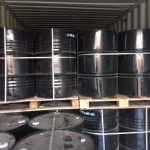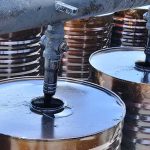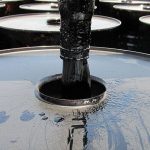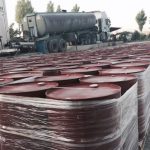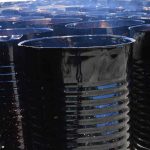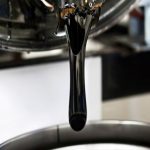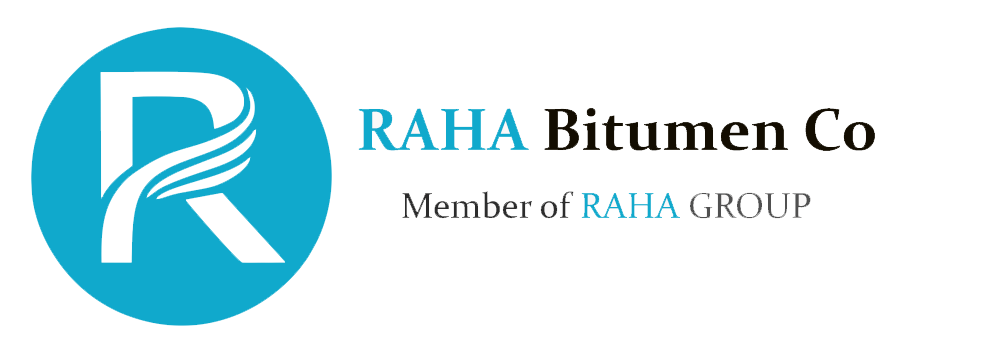
Manufacturer of Iran Cutback Bitumen

What is cutback bitumen?
Cutback bitumen is a range of binders that are produced by blending (mixing) penetration grade bitumen and a hydrocarbon solvent, such as paraffin or mineral turpentine.
When the solvent has evaporated, the binder returns to its original penetration grade to tie the particles together. Cutback bitumen gets its name from the solvent that is involved in the process, because the solvent "cuts back" or evaporates, leaving behind the binder to "get on with the job". The solvent used in cutback bitumen is called the "cutter" or "flux".
Three types of solvents are used for the blending process: slow-curing, medium-curing or rapid-curing solvents. The latter two are the most common in South Africa. The choice of the solvent determines the rate at which the bitumen will cure when exposed to air. A rapid-curing (RC) solvent will evaporate faster than a medium-curing (MC) solvent. Curing relates to the evaporation rate of the solvent which influences the setting time of the bitumen. The viscosity of the cutback bitumen is determined by the proportion of solvent added: the higher the proportion of solvent, the lower the viscosity of the cutback.
Cutbacks differ from penetration grade bitumen in that they are more workable — in other words, they can be more easily reshaped. Less heat is required to liquefy cutback bitumen than penetration bitumen, making it easier to use at lower temperatures.
Typical cutback bitumens are MC 30 and RC 250. The letters in the name refer to the curing action of the solvent, and the number to the viscosity of the binder.
The advantage Cutbacks have over Emulsions is a much higher residual Bitumen percent, typically over 80% compares with over 40-65% for Bitumen emulsions. The result is more Bitumen left on the roadway after curing, for the same volume of binder applied.
Environmental regulations. Cutback asphalts contain volatile chemicals that evaporate into the atmosphere. Emulsified asphalts evaporate water into the atmosphere.
Loss of high-energy products. The petroleum solvents used require higher amounts of energy to manufacture and are expensive compared to the water and emulsifying agents used in emulsified asphalts.
Manufacture of cutback bitumen
Cutback bitumen are manufactured by blending either 70/100 pen or 160/220 pen bitumen with kerosene to comply with a viscosity specification. In the UK, cutback bitumens are specified and designated by the flow time (in seconds) through a standard tar viscometer (STV)1611. Three grades are available: 50 sec, 100 sec, and 200 sec. The majority of cutback bitumen is used in the surface dressing but a significant amount is also used for the Manufacture of both standard and deferred set asphalts.
In addition to STV tests and solubility, cutback bitumens have to comply with a distillation specificationI621 and a penetration requirement on the residual bitumen. This ensures that during application and in service, the diluent will evaporate at a consistent and predictable rate and that the residual bitumen will have the appropriate properties in service.
The suffix X on the SHELPHALT range of cutback bitumens indicates that they have been doped with a specially formulated heat-stable passive adhesion agent. This additive assists 'wetting' of the aggregate and resists stripping of the binder from the aggregate in the presence of water.
AASHTO specifies three groups of cutback bitumen: rapid curing (RC) where petrol/gasoline is used as a solvent, medium curing (MC) containing kerosene and slow curing (SC) made with diesel oil. The viscosity is measured with a capillary tube viscometer at 60C. The flow through the viscometer is induced by the gravity, and vacuum is not needed. The viscosity is expressed in centistokes whereas, for pure bitumen, the viscosity is expressed in poise. The units of poise and strokes are related to each other through the density of the tested material.
The British Standard provides specifications for three viscosity grades of cutback bitumen intended for use in surface dressings. Measurement is with a discharge viscometer, and viscosity is defined as the time in seconds for 50millilitres of the binder to flow through a standard orifice at 40C.
Specification of cutback bitumen
- Cutback bitumen is a blend of penetration grade bitumen and petroleum
- solvents
- The choice of the solvent determines the rate at which the bitumen.
- will "set up" or cure when exposed to air.
- A rapid-curing (RC) solvent will evaporate more quickly than a medium-curing (MC) solvent.
- The viscosity of the cutback bitumen is determined by the proportion of solvent added - the higher the proportion of solvent, the lower is the viscosity of the cutback.
- The solvent used in cutback bitumen is sometimes also referred to as the "cutter" or "flux".
- When the solvent has evaporated, the binder reverts to the original penetration grade.
Advantage of cutback bitumen
it can be applied at lower temperatures than penetration grades because of its lower Bitumen Solvents viscosity. A disadvantage is that cutback bitumen consumes non-renewable energy resources which are ultimately lost through evaporation.
Applications of Cutback Bitumen in Bituminous (asphalt) Pavement Construction and Maintenance:
Prime and Tack Coating The process of priming involves applying a low viscosity binder to a prepared but usually unbound aggregate base. It is intended to be absorbed by the top layers of the base and provide a surface more easily ‘wetted’ by a subsequent bituminous covering. The primer will be able to carry traffic for a short time (although this practice is uncommon) and help control dust. Generally, primers are applied at rates between 0.5 and 1.4 L/m2. Cutback bitumens suitable for priming are also used for tack coats, which are applied to an underlying surface to help with the adhesion of subsequent asphalt layer. A typical application rate is between 0.2 and 0.4 L/m2.
Prime Sealing
Where temperatures are too cool for an effective priming operation, or where traffic is likely to upset a primed surface before the final seal can be sprayed, a primer seal can be used to give adequate protection of the pavement for periods of up to 6 to 12 months. Cutback bitumens suitable for primer sealing can also be used in the manufacture of pre-mix asphalt, which is used in patch repairs.
Spray Sealing
Cutback bitumens are used extensively in sprayed sealing applications, particularly in cooler weather where they provide improved initial stone retention due to their lower viscosity. Typically, a single application of the appropriate cutback bitumen is sprayed onto the primed pavement onto which aggregate is laid.
Cutback bitumen standard
• ASTM D 2026, D 2027 and D 2028 for Slow, Medium and Rapid Curing Cutback
• AASHTO M 81, M 82 for Rapid and Medium Curing Cutback
• EN 15522 Cut back and Fluxed Bituminous Binder
RABIT (RAHA BITUMEN) Company supplier and exporter of high quality all grades cutback bitumens in correspondence to ASTM D2026, D2027, D2028, AASHTO M82-75 (2008), AASHTO M92-92 (2008). For any inquiries, please contact our sales team on info@rahabitumen.com
